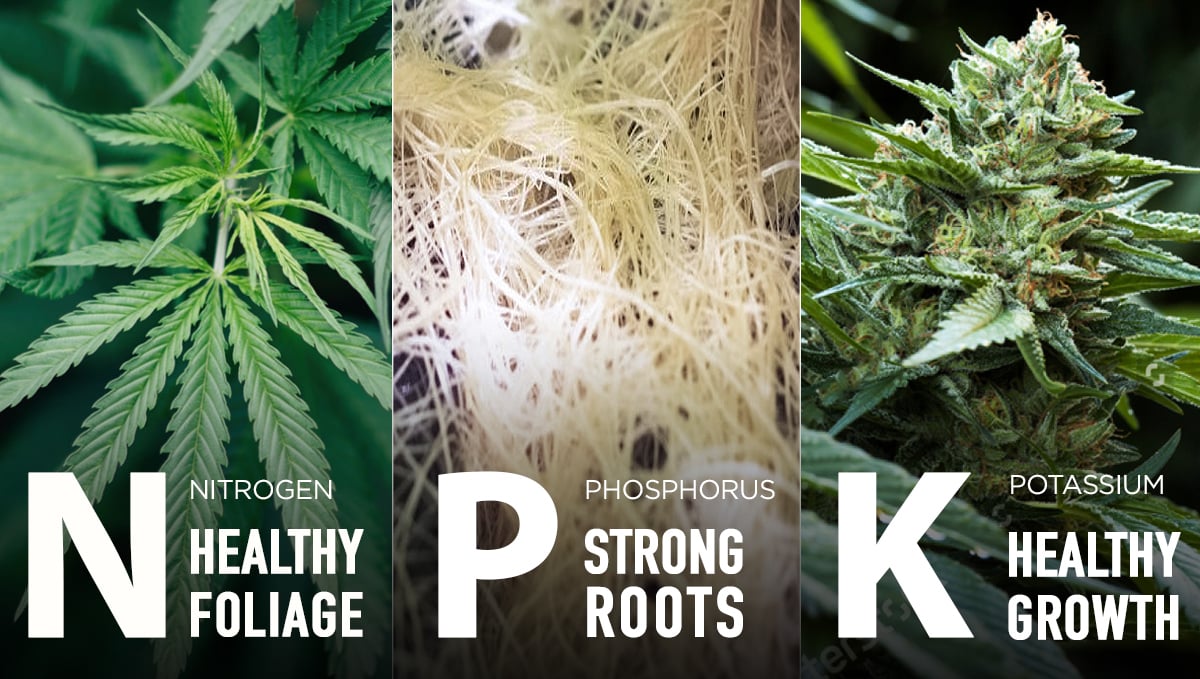

Many/most will disagree with me and I'm okay with that too. The reason for that is that Azomite (and the other volcanic rock dusts) are alumina-sillicate based and I believe that it should be part of a mineral supplement but perhaps not the best choice for a stand-alone amendment. But that's a personal preference about volcanic rock dusts (like Azomite) vs. If you can source glacial rock dust I would add 2x to the above mix. This will give your soil both agents required to maintain the proper pH in your soil. Mix well and apply about 1 tablespoon to 1 gallon of potting soil mix. It is not used as a 'liming' agent for a myriad of reasons mostly having to with magnesium toxicity which will lock out any number of elements in the soil.īased on Steve Solomon's work on mineral supplements, you might consider mixing up the following:ġx gypsum (agricultural gypsum - don't go to HomeDepot and buy the gypsum they would carry) Dolomite lime is recommend and used to buffer up the magnesium levels in a lab-tested soil. Stepping outside the cannabis growing paradigm and looking at how dolomite lime is used in agriculture the differences are striking. It's this interesting configuration that requires a bit of microbial activity to break the cations (ions) apart from each other, i.e. RE: Dolomite Lime aka Calcium Magnesium Carbonate meaning that it's elemental Calcium and Magnesium Carbonate which carries an interesting configuration. Oxygen is important in a soil because we're trying to cultivate aerobic microbe colonies which need oxygen to survive and thrive. it's food for microbes which in turn feed plants which in turn can feed mammals with some obvious exceptions. The reason that Calcium Carbonate is a better source than elemental Calcium is the additional Carbon (C) component of the molecule and the 3 Oxygen (3) components.Ĭarbon is the basis of all biology on this planet, i.e. Generally in a Calcium Carbonate source you can take the total amount of 'calcium' listed on the label and take 40% of that figure to arrive at the level of elemental Calcium.īack to Calcium Carbonate vs. What is never discussed is the other benefit from using oyster shell powder or limestone (another ancient marine deposit) is the high levels of minerals and they're all in the appropriate amount and percentages as measured against the whole, IOW there's not a high-dose of Element A over Element B - it's in the correct proportion.īoth are (almost) pure Calcium Carbonate (CaCO3) so you're adding Carbon (C) as well as Oxygen (O)3 to your soil in addition to elemental Calcium (C++). additional calcium to harden the eggs shells which in turn become a fantastic source of calcium with a bit of effort. These shells are then crushed and screened and it's most used by poultry growers, i.e. The oyster shells are about the size of the fingernail on your little finger. Unlike what the name implies, this product is not made from crushed shells from an oyster bar but rather it's a an ancient marine deposit at the bottom of San Francisco Bay. On a poor soil you'll reap great benefits. Much like the application of an AACT - in a healthy soil you'll realize some benefit.

I'm playing with it so I can't comment too much but I can say that it probably has more of an application in a mineral-deficient soil than showing a lot of benefit to a healthy soil. It, like a lot of other proprietary products, have claims that simply can't be supported by science. I bought the minimum amount 'just because' I was curious. Product link Morter Health System - Trace Minerals 1oz (Morter Health)īasically.

I do not know the exact amounts of each ingredient i have looked around the web and can't find the numbers but it is made for human consumption so im assuming it couldn't be to toxic. Here is the soil mix i am currently using as you can see i don't have any amendments that supply trace minerals.Īlright so i have a bottle of trace minerals that are supposed to be taken as part of some type of vitamin supplement program anyways i was just wondering if i could use these on my plant or seedlings.


 0 kommentar(er)
0 kommentar(er)
